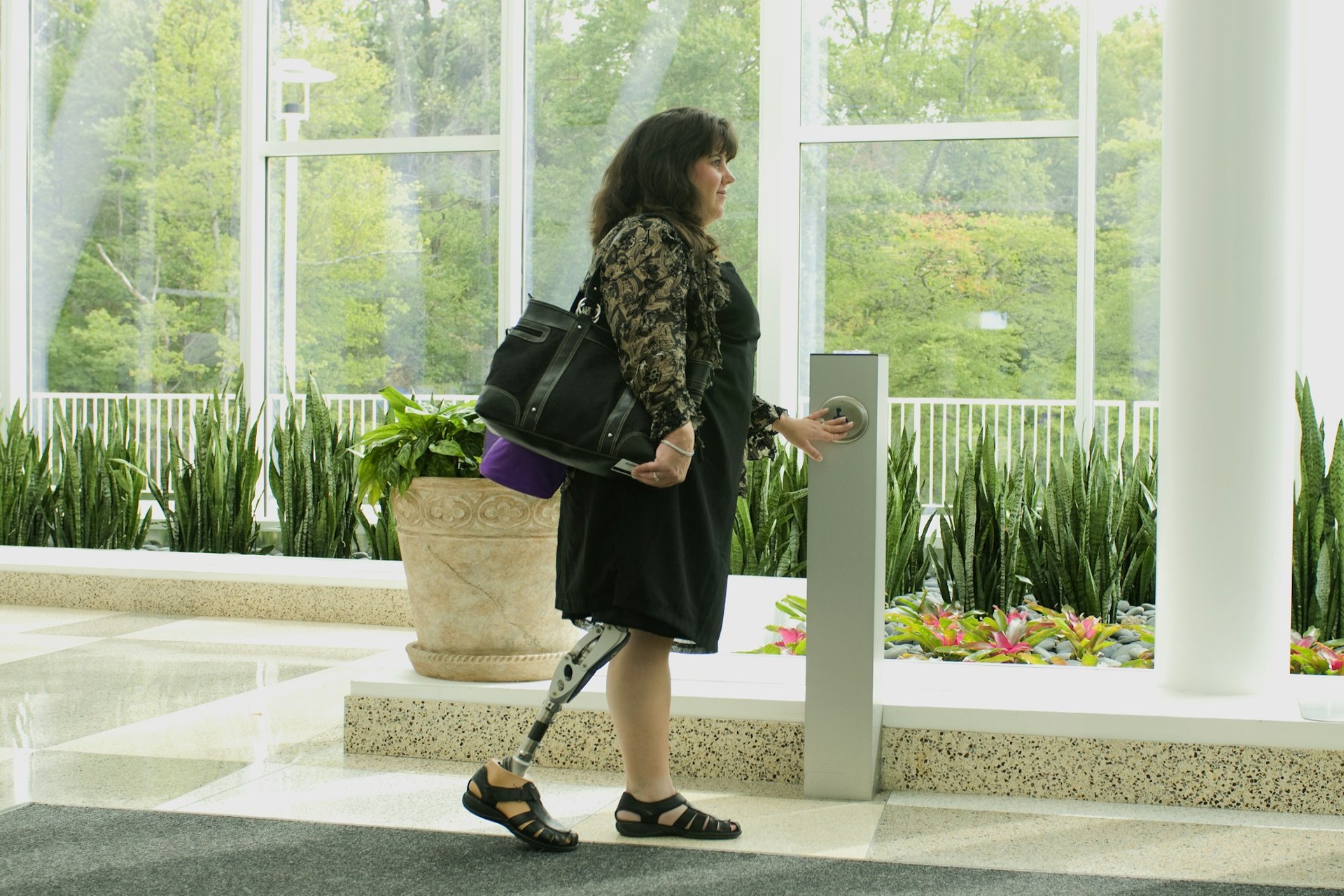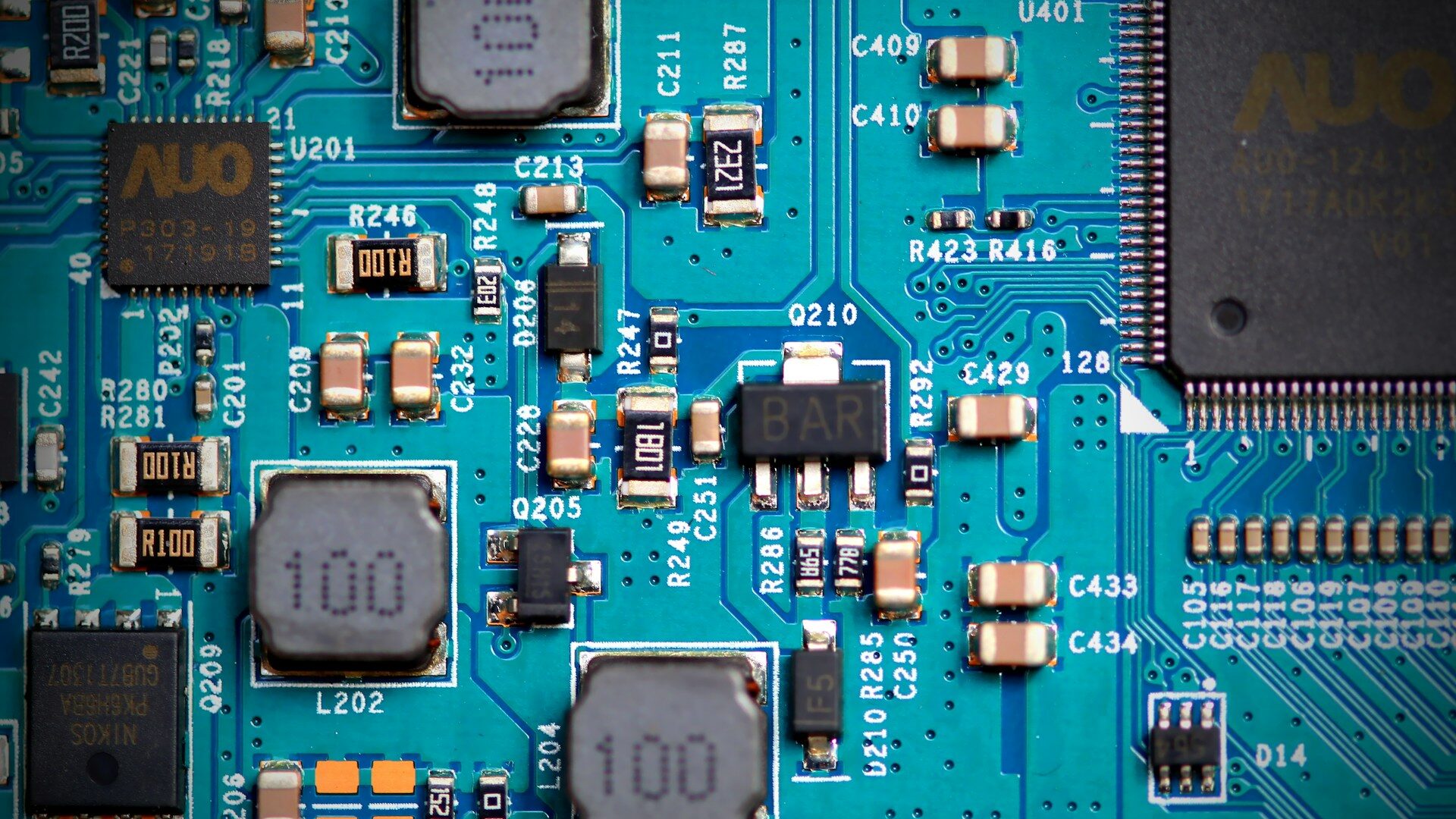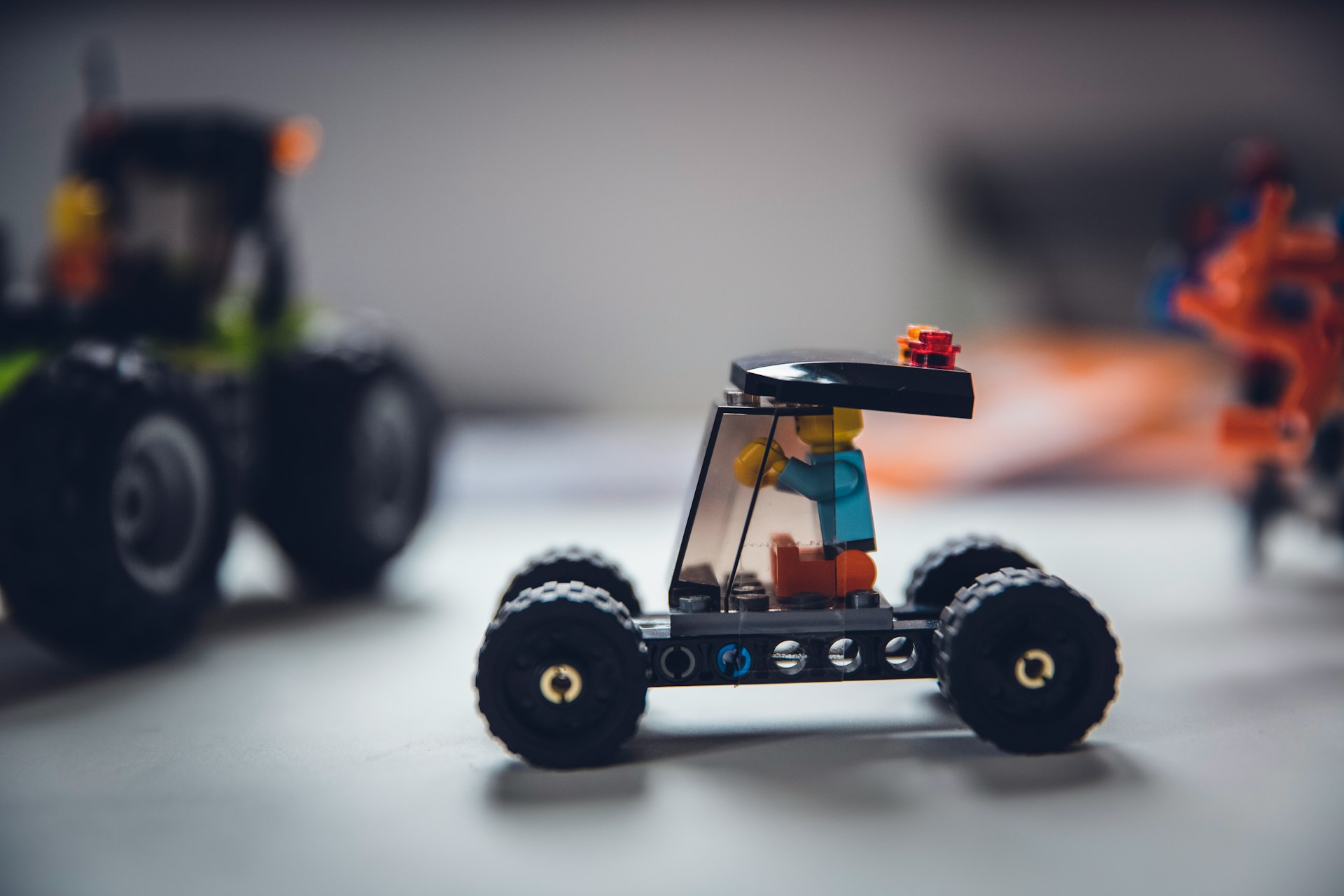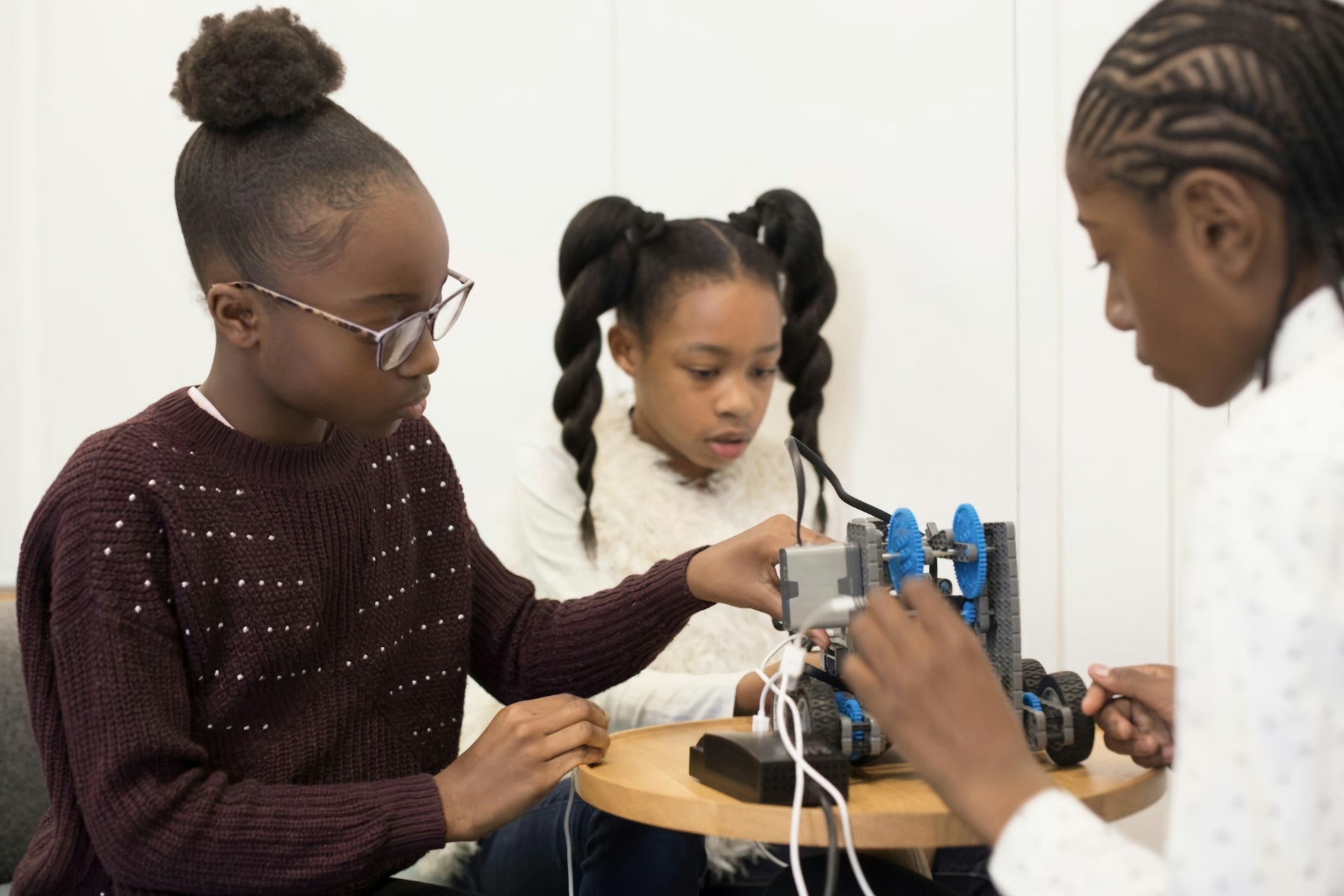
How Can Engineering and Design Professionals Help People With Disabilities?
May 7, 2024 - Ellie Gabel
Revolutionized is reader-supported. When you buy through links on our site, we may earn an affiliate commission. Learn more here.
Smart engineering and design decisions can be life-changing for people with disabilities. Whether people are currently in the design and engineering fields or preparing for relevant careers, they should always be aware of how to get results that are as inclusive and user- friendly as possible. Fortunately, there are plenty of ways to do that.
Understand How Disabilities Vary
People with disabilities are individuals from all backgrounds, demographics and parts of the world. This means professionals must not think too narrowly when considering which engineering and design decisions would most help the most people or at least cater to the target group’s needs.
One common misconception is that disabilities occur to a relatively small subset of people. However, anyone can become disabled in the spur of the moment and find themselves dealing with temporary or permanent limitations. Similarly, disability can be an age-driven issue, particularly when people develop conditions as they become older.
Statistics suggest that as many as 1 in 6 individuals worldwide have disabilities. If engineers and designers do not already have broad perspectives about disabilities and their effects, they should do everything possible to change that.
For example, the products or designs that would help people during one phase of their life are not universally applicable to them as their disabilities evolve. It’s also important for professionals to realize that disabilities can worsen as well as improve. Many people born with their disabilities apply years of lived experience to determine the best ways to handle their limitations. Their hard work often results in them finding new ways to achieve things they couldn’t before.
Others see significant improvements from therapies, surgeries and other interventions. The main thing for people to remember when designing or engineering products, services or places for people with disabilities is that they must expect variation.
Using Prompt Cards to Generate Empathy
Engineering students at the Technical University of Denmark participate in various workshops to learn about inclusive principles. One strategy from those sessions is to use prompt cards that address 16 core abilities and how they can change throughout life.
The engineers then use each card’s scenario as a constraint to fuel creativity. Such exercises encourage people to think of circumstances beyond those they know, recognizing there’s no single way to define disabilities and how they affect people.
Identify the Main Challenges With Existing Products
Engineering and design professionals working to assist those with disabilities must also adopt problem-solving mindsets. When someone designs a robot, they must first determine the machine’s purpose and functionality. Those details will shape virtually everything else associated with the creation.
A related question people should ask themselves is what shortcomings a market’s existing products have. That information makes it much easier to determine what’s not working well and how to solve the associated problems.
Checking Adaptive Clothing Reviews
One of the great things about online reviews is that they make it extremely easy for purchasers to give feedback and assist people thinking about buying specific products. People working in the fields of engineering and design can also examine reviews to discover unmet needs.
That was the approach taken by people who wanted to learn more about the problems associated with current adaptive clothing designs. A general trend was that these products typically have limitations concerning their functionality and design.
Customers also discussed aesthetic shortcomings and how they can’t necessarily try these garments on before buying them. Another concern was that there were not enough adaptive clothing designs to suit many common consumer needs, such as finding items they could wear to work.
Relatedly, adaptive clothing is a relatively niche market, and people can’t use brand familiarity to make general determinations about a product’s quality or whether it’s true to size. However, this study went beyond identifying customers’ criticisms. Researchers used the takeaways to develop several recommendations for people creating adaptive clothing or selling it online.
For example, they suggest focusing on website usability and allowing people to search for products by functionality or style. Designers and engineers must also search for advanced technologies that would result in improvements related to style, fit, colors and other characteristics. The researchers pointed out the importance of thinking differently to become as inclusive as possible for users, especially regarding a retailer’s website.
Seek Engineering and Design Feedback
Some engineers and designers make the grave mistake of creating products they believe will work well, but they don’t take the all-important step of getting input from some of the people with disabilities who need or will use them.
Such feedback can reveal things such as:
- Which colors, shapes or fonts to use for signs or text
- How to design a space for maximum usability
- Which features pose unnecessary problems
- How to engineer a product for current and future needs
- Why current options do or don’t meet someone’s requirements
Even engineering and design professionals with decades of combined experience should always ask people with disabilities to give their input. It’s best to collect feedback at all stages of the process and remain responsive to what people say. Even when design and engineering team members cannot address every need or desire, they should at least stay receptive and open-minded.
Remain Dedicated to Meaningful Results
One 2024 project involves engineering students partnering with a nonprofit that designs new options for people with disabilities. The people involved wanted to create a new wheelchair for a 19-month-old boy born without a femur bone in one leg and a short femur on the other side.
The result was one of the first chairs specifically designed for children of his size. The boy’s mother said he quickly loved it, realizing the custom-made device would help him go outside and move in ways he otherwise couldn’t. One person who assisted with the wheelchair’s design said the initiative was the perfect option because it combined helping people with getting direct feedback about the creation’s impact.
If a person is too young to speak or unable to communicate verbally for another reason, designers and engineers must remain committed to finding a solution. Getting input from this boy’s mother was an ideal option. That’s especially true since those closest to a person with disabilities are easily able to notice positive and negative differences associated with particular changes.
Engineering and Design Decisions Must Be Inclusive
These suggestions will help engineering and design professionals be as thoughtful as possible in all relevant decisions. Then, more people will likely benefit from the results.
Revolutionized is reader-supported. When you buy through links on our site, we may earn an affiliate commission. Learn more here.
Author
Ellie Gabel
Ellie Gabel is a science writer specializing in astronomy and environmental science and is the Associate Editor of Revolutionized. Ellie's love of science stems from reading Richard Dawkins books and her favorite science magazines as a child, where she fell in love with the experiments included in each edition.






